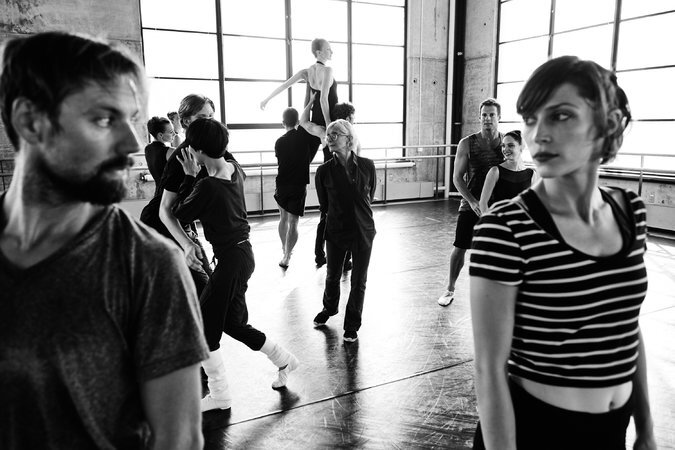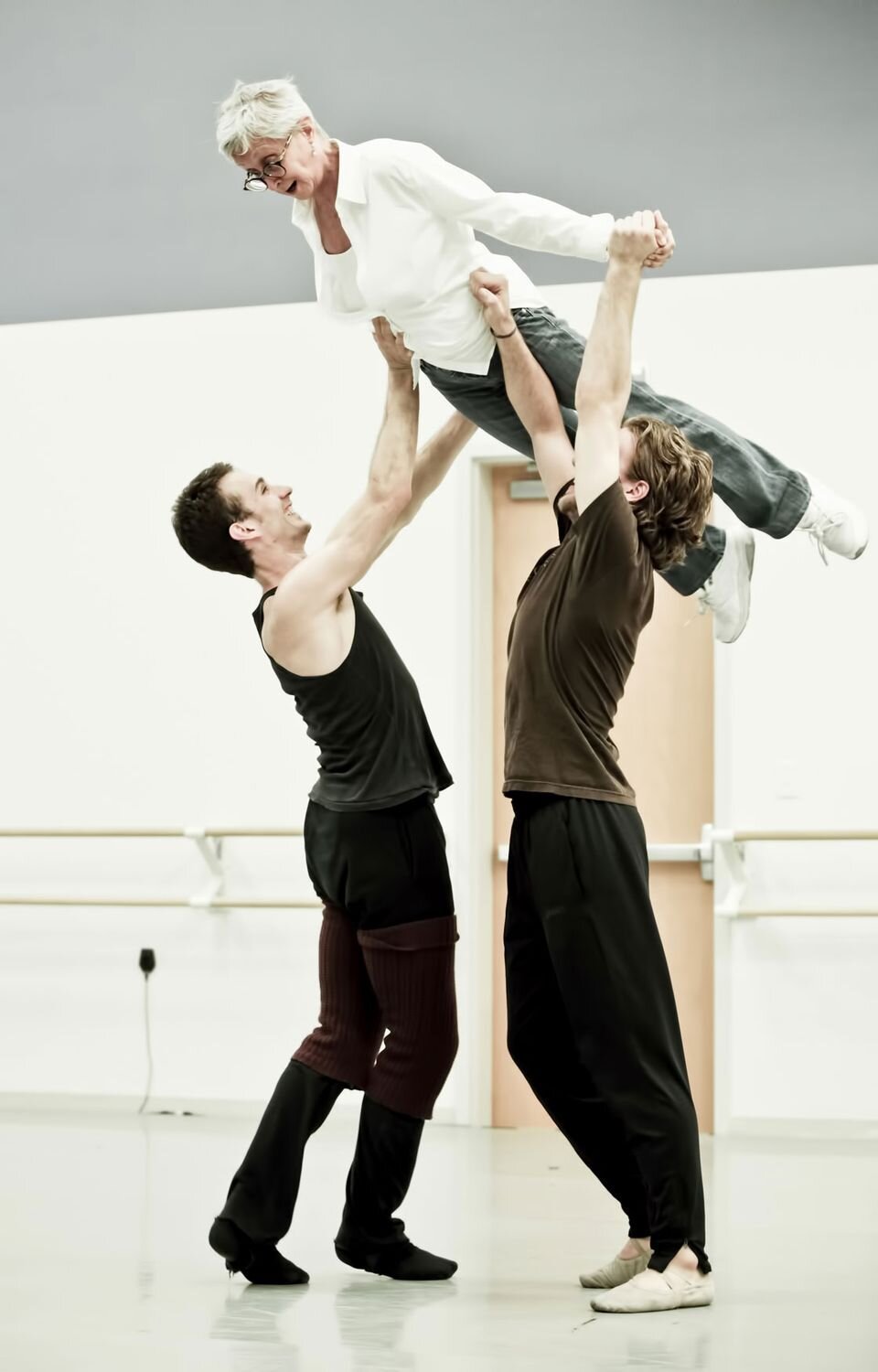The Choreography of Rapport
In an address entitled “Focus: The Secret to High Performance and Fulfilment,” author and psychologist Daniel Goleman spoke of attention being under siege and described rapport, a key element of communication, as missing in our daily interactions. He said that if you watched individuals—without being able to hear them—who were truly connected, their bodies look like they are choreographed. The analogy resonated with me, conjuring up a dance of words, feelings, gestures, and emotions.
Dance was my first love. As a teen, I remember being captivated by Isadora Duncan—loving the grace and flow of her body as her signature scarves swirled and floated intimately around her. My “scarf lady” nickname in later years may very well have been sparked by her. My dance love affair continued with Alvin Ailey, Geoffrey Holder, Katherine Dunham, Judith Jamison, Robert Battle, Ronald K. Brown, Abdul Salaam, and so many others—a list too exhaustive to name.
Twyla Tharp: Thinking in Three Dimensions
In a recent New York Times article, critically acclaimed choreographer Twyla Tharp talked about process and philosophy over the span of her forty-year career. While working on a new project Tharp changed her hours to match those of her dancers in Germany, saying: “I project myself into their bodies. You’ve got to know how their body is feeling.” Tharp wanted to be in sync with her dancers, adding, “You have to think in three dimensions. Movement is energy and space and time.”
In choreography, time encompasses rhythm, speed, and syncopation of movement in different combinations to create intricate visual effects; energy relates to the quality of movement—some, soft and smooth, while others are sharp and energetic; and space—the area where dancers perform and how they move through it. The use of time, energy and space can generate the beautiful effects of choreography.
Much like the creation of a choreographic piece, there is an art to building rapport—in which we also use the elements of energy, time, and space. The connection that we create when we are in full sensory awareness of others can result in the formation of close, harmonious relationships. As rapport deepens, we can better understand each other's feelings or ideas and communicate on a heightened level. The rhythm of physicality and mutual flow in dance can also be discovered in rapport—as total responsiveness that creates moments of richness.
Embodying Rapport
Goleman says that rapport is comprised of three elements: full mutual attention, non-verbal synchrony, and feeling good–even joyous. Attention takes the time to fully explore and discover whatever there is to know about something. We observe as things shift and change so we can discover the tiny threads of healing and transformation that develop moment to moment. Among several modes of attention that build rapport, kinesthetic attention is the one that certainly aligns with a choreographic sensibility. Kinesthetic attention focuses on the role our bodies play in helping our minds grow. Cognitive science tells us that we gather and process information through our body and mind, and as such, we should pay close attention to both.
One technique of non-verbal synchrony is matching and mirroring a person’s unconscious behavior during communication. Heralded as a way of achieving rapport, it is not mimicking, but a subtle means of creating harmony and attunement through body language. We might calibrate our gestures, eye contact, posture, facial expressions, pace, rhythm of breath, tone, touch, proximity, or energy level to increase connection and bonding with the other person.
Wisdom from a Neighbor
As human beings, our job in life is to help people realize how rare and valuable each one of us really is, that each of us has something that no one else has or ever will have something inside that is unique to all time. It’s our job to encourage each other to discover that uniqueness and to provide ways of developing its expression.
—Fred Rogers
Mister Rogers‘ Neighborhood: Mr. Rogers and Officer Clemmons’ customary foot bathing (1969)
It’s pretty easy to establish rapport with someone who is like you or who you are familiar with. It becomes more difficult when we feel out of our comfort zones. Strengthening and growing relationships requires deliberate attention, grounded in rapport-building behavior. If we think of and frame our interactions as an art, a dance, we can choreograph our actions, so each person feels truly in sync, fully seen and heard. We are experiencing and being experienced, as trust is nurtured and cultivated.
After watching the documentary “Won’t You Be My Neighbor?,” I recall one of the interviewees saying that Fred Rogers’ style of connecting made you feel like you were the only person in the world. That’s powerful. Consciously building rapport can give us the power to make that kind of difference in our relationships. It’s up to us: it’s our choice.



